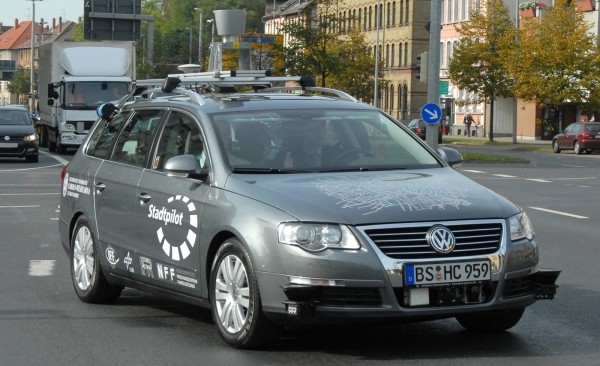Google’s Self-Driving Car Is For Real-Life Crawling
Google revealed a secret project it was working on to make cars that can drive themselves without any human intervention. These aren’t just experiments in a controlled environment either. The cars have “driven 1,000 miles without human intervention and more than 140,000 miles with only occasional human control” on real highways, streets, intersections, and even Lombard street in San Fransisco.
The media has picked up on the theme that Google is doing it to improve society with the goal of reducing automobile fatalities and freeing up time spent commuting. These would be very positive things to come from this research but could take several years to come to fruition. I have a feeling Google is doing this for its own reasons.
The Google search engine has web crawlers that follow every link it can find, slurping down the HTML which Google can analyze to determine where that page ranks in its index. These autonomous cars can be the start to real-life crawlers.

Google Street View started when a bunch of cameras were strapped to a car continuously taking photos as it drove through an area. The photos that appear online are several months old at the earliest. If it could make gathering these photos more efficient, it could update the images faster, making Street View more relevant.
Imagine if Google could send out these automated cars to collect data in the physical world that Google could use in it’s local search product. Some of the more practical applications include updating maps when roads are closed, continuously updating stores in Street View that might have changed ownership, or even determining the popularity of a place based on the number of people seen around it at various times of day.
Google wants to start ranking real-life data in conjunction with online data. This is a clear step in that direction. And it should be no surprise that the self driving car project was led by Sebastian Thrun, co-inventor of the Street View mapping product.

